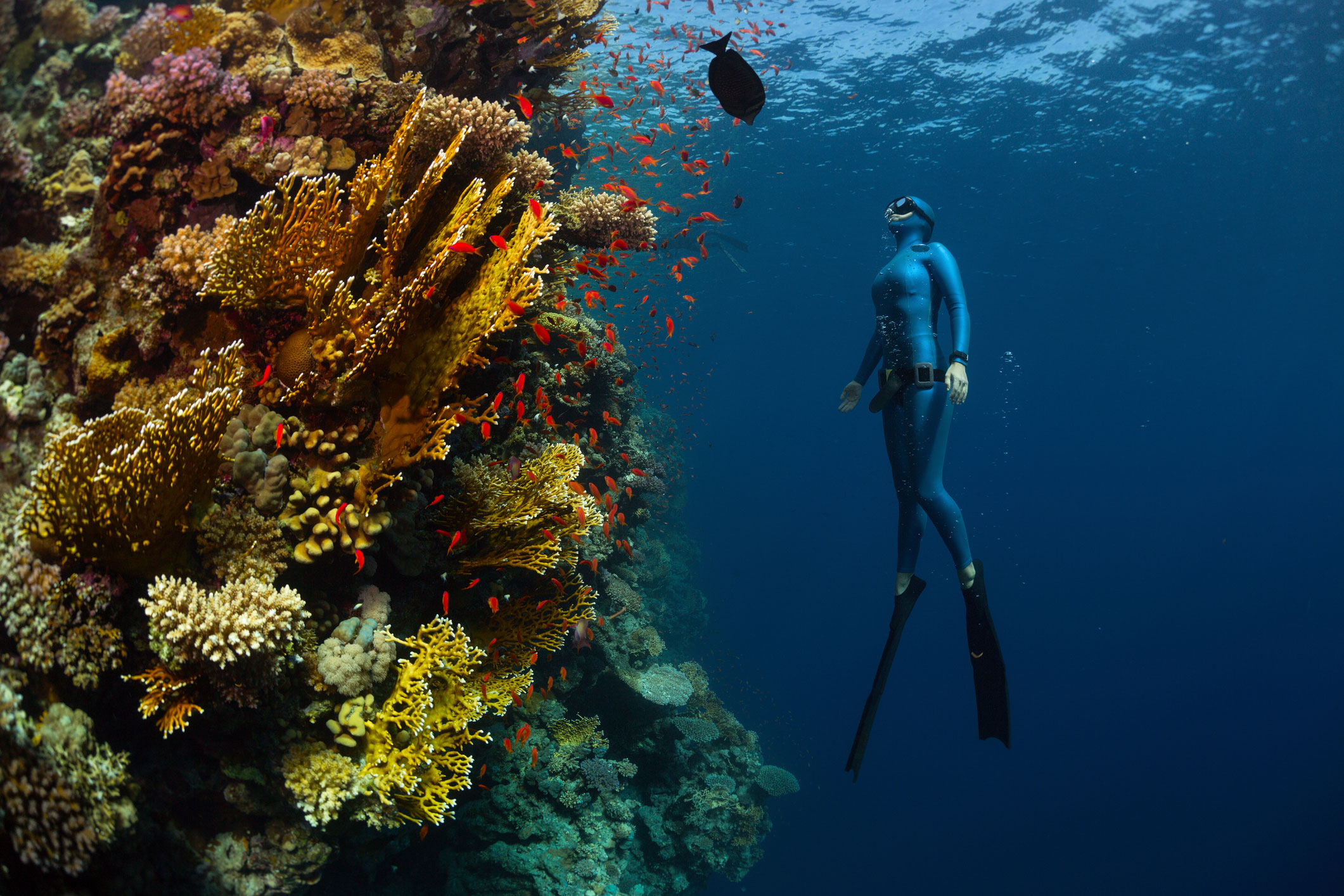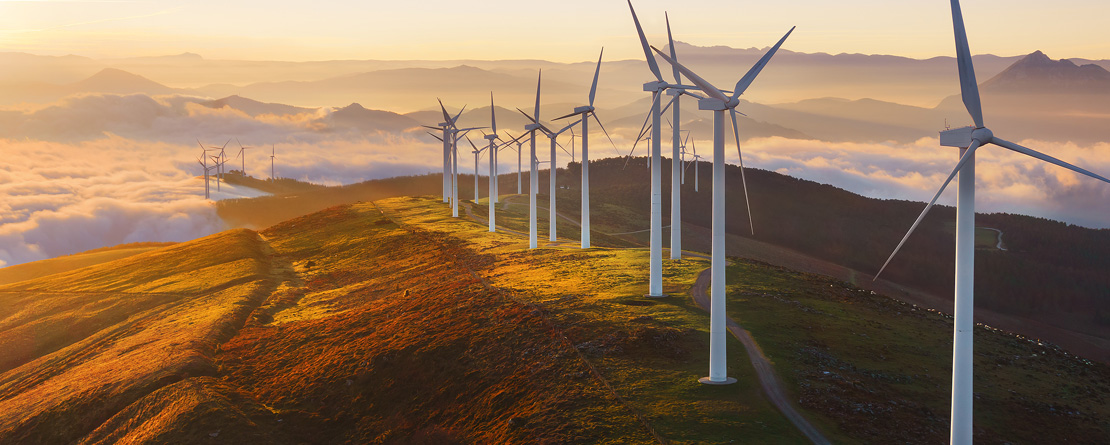Sustainable financial investment: Plastic waste treatment


How do you reconcile financial investment goals with sustainable development goals?
In 2015, the UN adopted a Sustainable Development agenda setting 17 goals that consider in aggregate terms the social, economic and environmental approach that together seek to end poverty and hunger, protect the planet and ensure that humanity enjoys peace and prosperity.
As part of a thematic series of articles on sustainable development and how to reconcile financial investment objectives with sustainable development we now address one of the issues emanating from the objectives of the UN Sustainable Development Agenda.
As we mentioned in a previous article, the world is going through a crisis that endangers our way of life as we know it. We face a variety of problems, one of which is poor management of waste, with 40% of it going to landfill and three billion people lacking access to basic waste disposal services.
Waste management will become an increasingly serious problem with the growth of the urban population. Analysts estimate that waste from cities will rise 70% by 2025 (compared to 2012). The problem with this trend is aggravated by the inefficient use of materials with a low recovery rate.
Waste is generated from diverse sources, so it would be impossible to address this problem in detail in a single article. However, we would like to raise awareness of the seriousness of the situation by focusing specifically on plastic pollution, which, even though we may not like it, accompanies most of our daily consumption.
Plastic was not globally available until 1950, however, since then its use has grown on a worrying scale. Single-use plastic items are the most invasive of these plastic articles; they range from disposable water bottles to shopping bags in department stores and very frequently end up as litter. No region is immune from plastic pollution: it has been found in arctic regions, deep ocean waters, tap water, bottled water, seafood, and even beer.
Sadly, plastic debris has become frequent in marine life, where plastic is found in the stomachs of cetaceans, birds, and fish
Equally disturbing is the fact that humans are also ingesting plastic, but at a microscopic level. According to a study by the University of Newcastle, Australia, every week people could be consuming approximately the weight of a credit card (5 grams) or around 2,000 small pieces of plastic, mainly through water containing microplastics.
Ingestion is just one aspect of a much wider plastics crisis. Plastic pollution threatens wildlife, not only through the ingestion of microplastics but also through entanglement and habitat destruction. Plastic pollution also has economic consequences, and the United Nations Environment Programme (UNEP) estimates that its annual economic impact on the ocean economy is 8 billion dollars.
An estimated 8 million tonnes of plastic is dumped into the world’s oceans every year. If the trends are not reversed, the World Economic Forum estimates that by 2050 there will be more plastic than fish in the world’s oceans.
Good news?
Fortunately, several initiatives exist at a global level. In 2017, UNEP launched a global campaign to eliminate the main sources of marine litter by the year 2022.
More than 40 countries have banned or restricted the use of plastic bags as part of the fight to reduce plastic pollution. Kenya introduced what has been called the toughest law in the world against plastic pollution in 2017 (anyone who is caught producing, selling or using plastic bags faces a possible prison sentence of up to four years or a fine of up to 38,000 dollars).
In mid-June of this year, Canada announced that the government would seek to eliminate single-use plastic by 2021, while last year the European Union approved the prohibition about ten disposable plastic products – such as straws, plates, cutlery and cotton buds – by 2021.
In the US, New York state lawmakers banned most plastic bags this year. They join California, which banned them in 2016, and Hawaii, where all of the state’s counties prohibit single-use bags.
Investment opportunities?
As we mentioned at the start, this article far from covers all aspects that the rubbish problem entails, however, we do address the specific example of plastic, which we see every day and that exemplifies the threat that the planet faces.
The problem goes beyond a single product, indeed there is a wide variety of types of waste including municipal, electric and electronic, industrial, agricultural – including the handling of pesticides -, liquid and hydrocarbon, construction and demolition, hospital, cars, and car tires, etc.
In our opinion, urban growth, along with legislative changes, provides the environment of opportunity for those companies whose business models form part of the value chain dealing with the problem of rubbish, either through providing products, services and/or technologies that offer solutions. As a result, sustainable packaging, recycling, waste management, and waste treatment companies, among others, should be favoured by this megatrend.
Many companies have sustainable business models that will benefit from this, but it is difficult to list all of them, so we invite you to consult with your financial advisor who can offer you diversified assets that may unlock the value of this megatrend.
Related news
-

BBVA adheres to the United Nations Principles for Responsible Banking
BBVA joined in launching the Principles for Responsible Banking at the United Nations Environment Programme Finance Initiative (UNEP FI) global roundtable in Paris.
-

Bonds and loans to finance green technologies
Green technologies, such as renewable energies, energy efficiency and electric vehicles, can help to reduce the impact of human action on climate change. In 2007, the European Investment Bank issued the world's first green bonds aimed at financing and developing these technologies. In Spain, BBVA signed its first green loan in 2017, worth 500 million euros.















